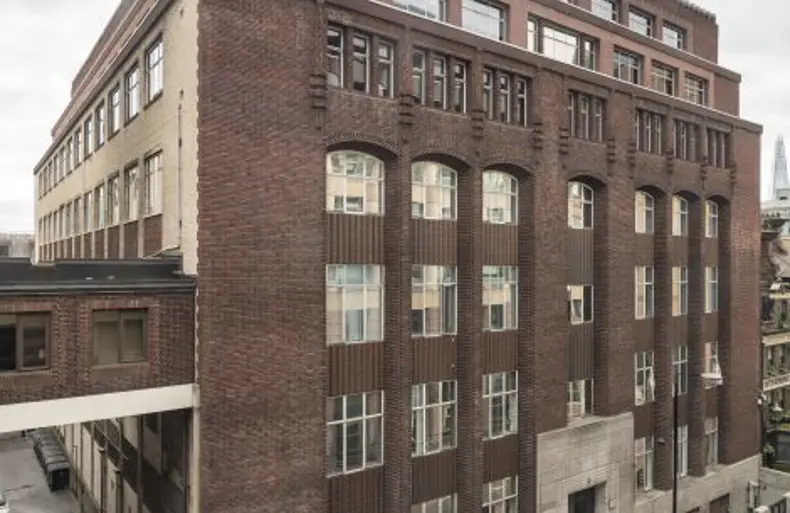One of the greatest success stories of the last 15 years in London has been the shift East of its centre of gravity. Major corporations are choosing to Headquarter in Aldgate highlighted by BT signing 320,000 sq ft to tap into the young generation of talent who predominantly live out east and benefit from the excellent connectivity.
Shoreditch, adjacent to the City of London to the North, was one of the first areas to benefit from regeneration. But, what about Whitechapel and Aldgate also located on the City’s doorstep to the East?
Around 15 years ago or so, Aldgate’s commercial market was dominated by the cheque clearing operations of the major banks, housed in large, solid, old, but unloved buildings. This has now all changed. Attracted by large floor plates of well-designed new schemes, a high-speed fibre optic network and competitive rents, a new wave of creative industry occupiers have arrived in Aldgate.
Kickstarting Aldgate’s regeneration was Berkeley Homes’ purchase of the Goodman’s Fields development site. This nine-acre mixed-use scheme, offering residential, offices, hotel, student accommodation and retail is now in the final phases of its 15-year development, serving as a lynchpin to the area’s transformation. Consulting on several key buildings in Aldgate from the beginning, Allsop has got to know the market’s unique dynamics.
Aldgate floor plate sizes hard to beat

Aldgate, compared to its neighbouring competitor, Shoreditch, has considerably more buildings with large floor plates in excess of 15,000 sq ft such as the Relay Building above Aldgate East station which is home to international disrupters Blockchain and the leading code educational school, General Assembly. This scale is difficult to find anywhere in London. These large floor plates are particularly popular with tech companies, which prefer being on one floor. Relatively high occupancy costs in Shoreditch, which are set to soar further when rates are to be revalued, are also helping push tenants towards an Aldgate address.
More people are living out East rather than West generally but the boundary of Tower Hamlets and the City meeting in Aldgate has seen a healthy convergence of residential offices, student and hotel schemes which bring a large amount of diverse amenities not seen in the City Core.
Many buildings in Aldgate offer the high ceiling heights and character demanded by occupiers to attract today’s young talent. An example is 9 Prescot Street, a fabulous 100,000 sq ft, 1930s building, which is about to be refurbished by CLS Holdings PLC. One of its outstanding features are 4.5m ceiling heights. A similar development is Ibex House, a 200,000 sq ft, 1930’s Art Deco building, which has been purchased by Dukelease and Henderson Park. Both projects provide their investors with the opportunity to create highly attractive, cool and desirable buildings that will command higher rents.
Recent deals confirming Aldgate’s new-found status include BT acquiring 320,000 sq ft at 1 Braham Street in readiness for the move from its Holborn HQ. Part of the attraction was the fibre optic network and the preference of tech staff to live in trendy east London, making staff recruitment and retention easier.

With good buildings offering large floor plates in short supply, demand is pushing eastwards. Attracting this wave of top-notch tenants are buildings such as the 26,448 sq ft, seven storey, Wool + Tailor building in Alie Street, which only has a few floors remaining and Department W, an 80,000 sq ft building which borders Whitechapel, and offers 22,000 sq ft floor plates and four-metre ceilings. The office element of c.55,000 sq ft has recently been let to Queen Mary University on a 15 year term.
Aldgate, from rents lower than £40 per sq ft a few years ago is now achieving £60 per sq ft for its best buildings and catching up fast with its older and more established sister, Shoreditch.




